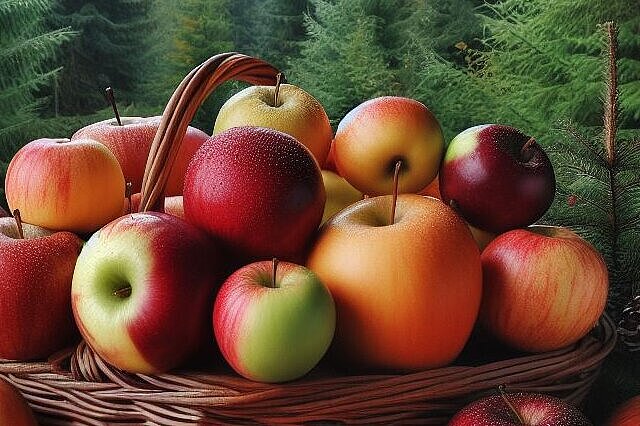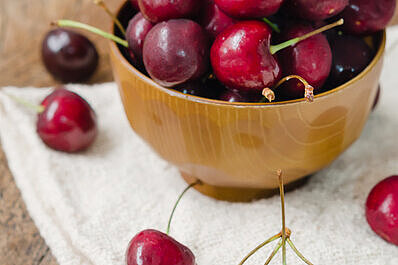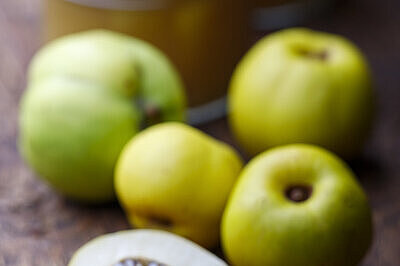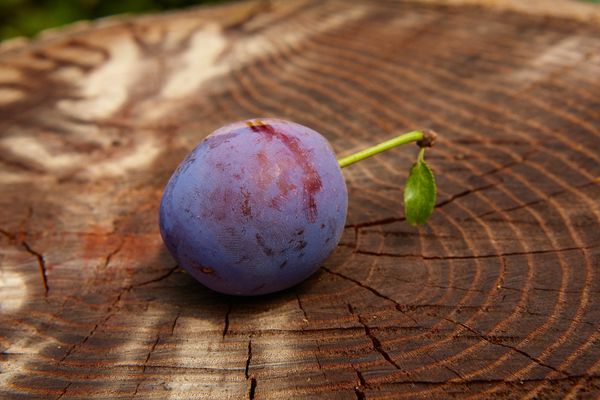Pears
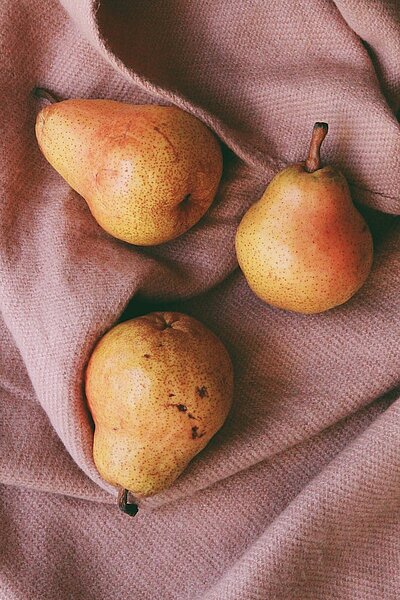
What are pears?
Pears are fruit that grows from trees. There are many different varieties of pears, which differ in shape, color, taste and ripening time. Most pears are green, yellow or red and have a soft, juicy and sweet flesh. Pears contain many vitamins, minerals, fiber and antioxidants that are good for health.
What are the benefits of pears for dogs?
Pears are ideal as a complementary food for dogs. They can bring many benefits to your dog, for example:
- They are easy to digest and can prevent stomach problems and hyperacidity.
- Theyare rich in vitamin C, which strengthens the immune system and promotes wound healing.
- They arerich in copper, which is important for the formation of red blood cells and the function of nerves and enzymes.
- They arerich in potassium, which regulates blood pressure and supports heart health.
- They arerich in fiber, which stimulates digestion and prevents constipation.
- They are rich in antioxidants, which protect cells from free radicals and can reduce the risk of cancer.
What are the disadvantages of pears for dogs?
Pears are healthy for dogs in moderation, but too much can be harmful. You should therefore pay attention to a few things, such as
- Pears have a high sugar content and can cause diarrhea, bloating or obesity in dogs. You should therefore only feed small amounts and not every day.
- Pears should only be overripe, as they are then particularly tasty and digestible. Unripe pears or pears that are too hard can give your dog a stomach ache or get stuck in his throat.
- Pear cores and stems contain hydrocyanic acid, which is poisonous to dogs. You should therefore always remove the seeds and stems before giving your dog pears.
- Canned pears are taboo as they contain even more sugar than fresh pears. You should therefore only feed your dog fresh or dried pears.
How to feed pears properly?
If you want to give your dog pears, you should follow a few tips to get the best out of this fruit:
- Wash the pears thoroughly to remove dirt and pesticides.
- Cut the pears into small pieces that your dog can easily chew and swallow.
- Remove the seeds and stems to avoid poisoning.
- Only feed overripe pears that are soft and sweet.
- Feed only small amounts, for example as a treat or as part of a balanced diet.
- Avoid canned pears, which contain too much sugar.
- Avoid windfall fruit, which can be moldy or rotten.
If you notice any signs of hypersensitivity or poisoning in your dog, you should see your vet immediately. We are not a substitute for a vet, but we try to be as accurate as possible. Every dog reacts differently and we recommend you get a second opinion or consult your vet if in doubt.
Stay healthy and take good care of your four-legged friend!😊
Similar to Pears
Apples are the fruit of the apple tree, which belongs to the rose family. There are many different varieties of apples, which differ in shape, color, taste and size. Apples consist mainly of water,...
A cherry is a stone fruit that belongs to the rose family. There are many different varieties of cherries, which differ in color, size, taste and sweetness. The best known are sweet cherries and...
Quinces contain many healthy nutrients that are also good for dogs. These include potassium, zinc, iron, copper, manganese and fluorine. These minerals and trace elements are important for cell...
Plums can provide some health benefits to dogs when fed in moderation. For example, they can: Aid digestion as they are high in pectin, which stimulates intestinal transit.Strengthen the immune...
